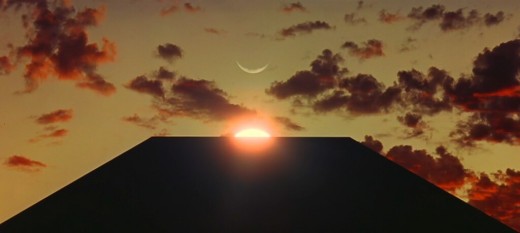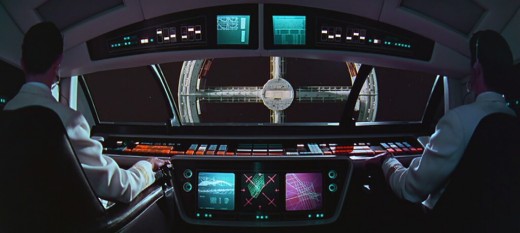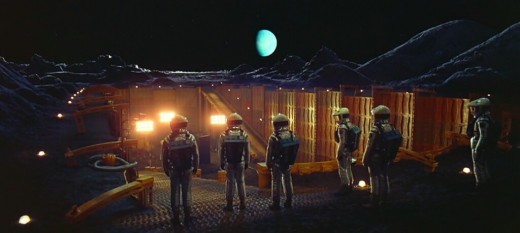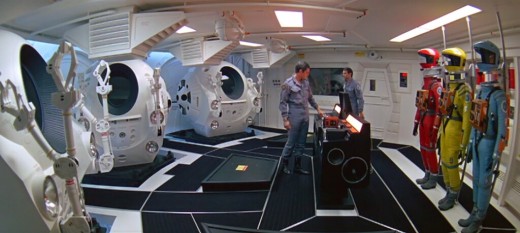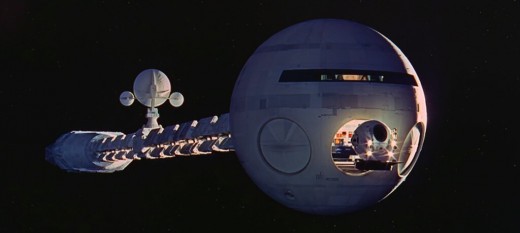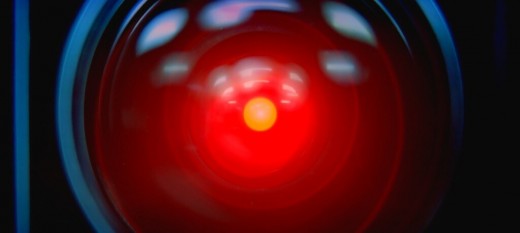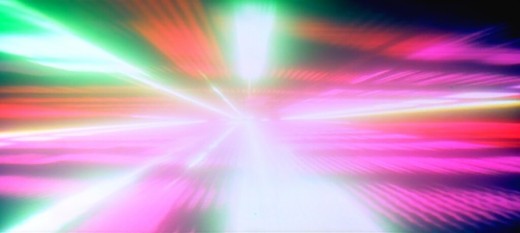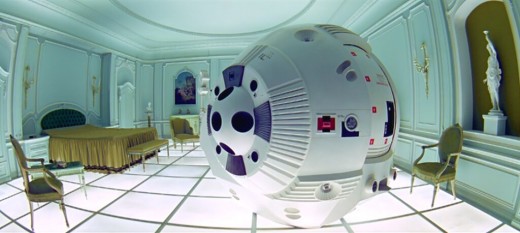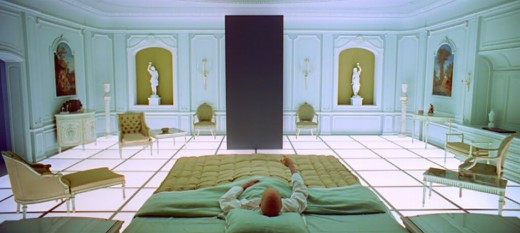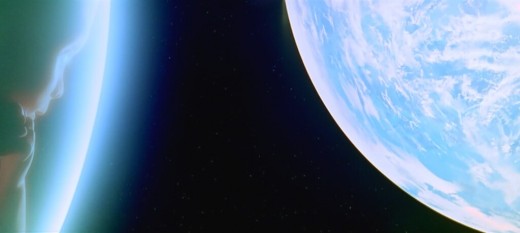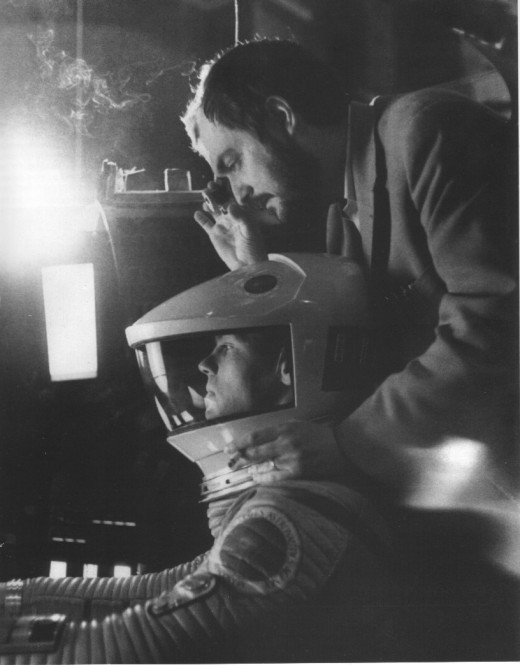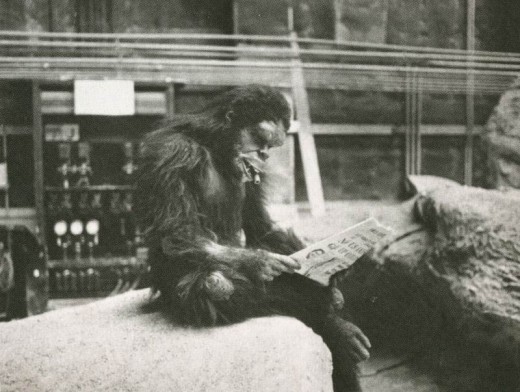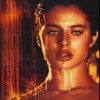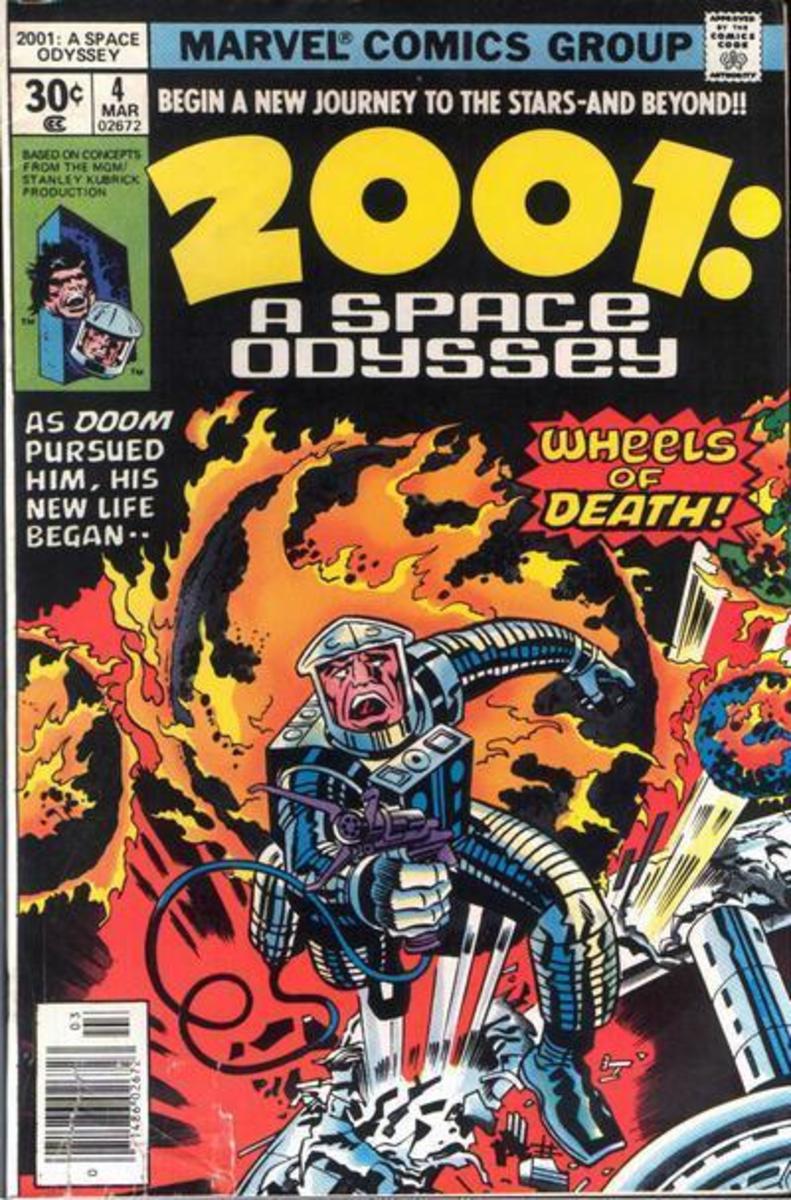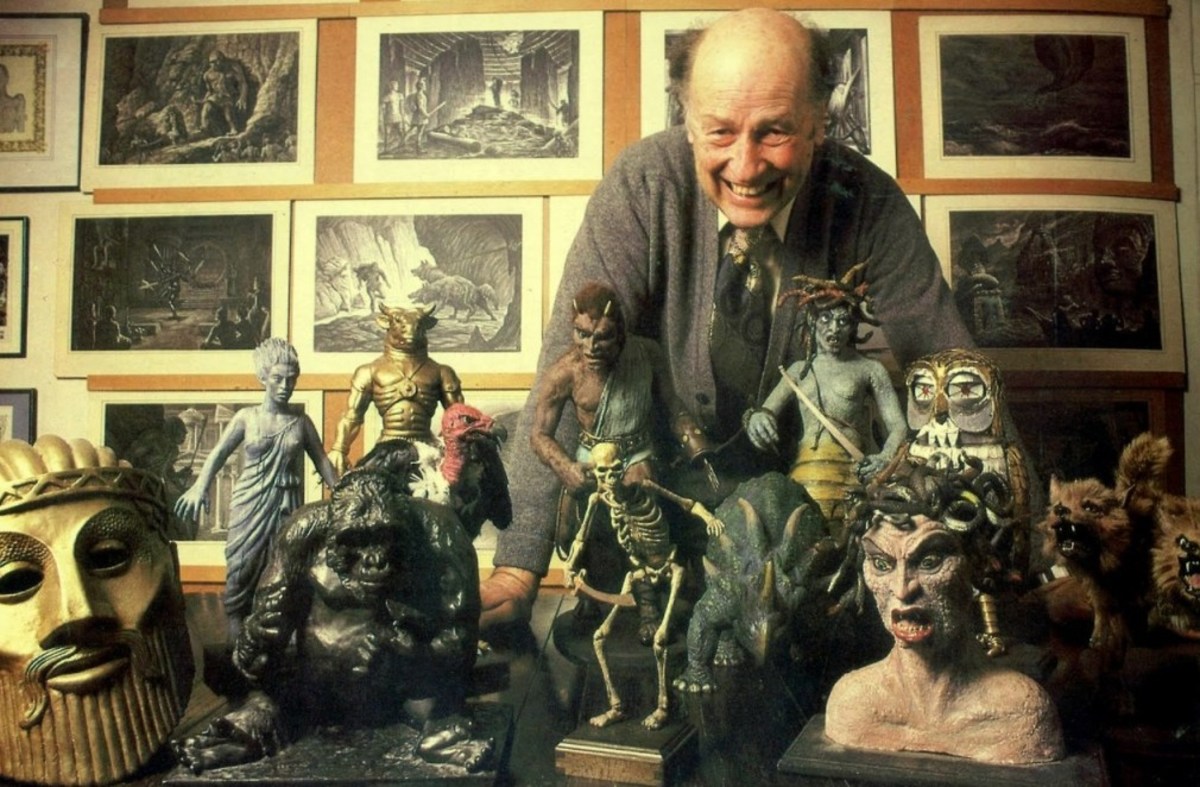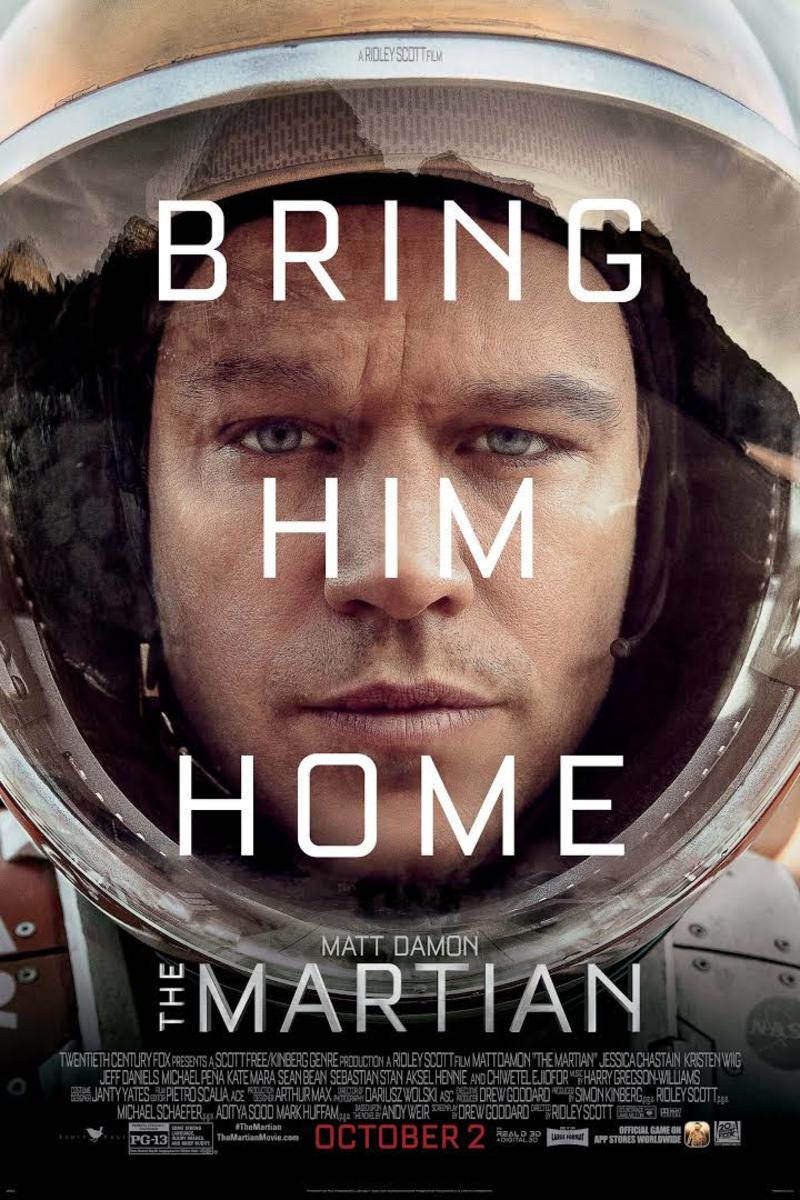2001: A Space Odyssey (1968) - Beyond the Infinite
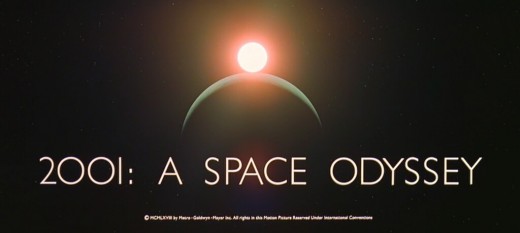
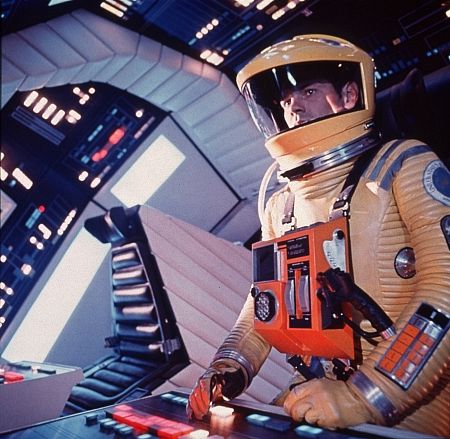
"Dave, stop.. my mind is going... I can feel it..."
Stanley Kubrick’s 2001: A Space Odyssey (1968) is one of the most influential movies of all time. Co-written by Kubrick and Arthur C. Clarke it is a visual triumph, a masterwork of style and design, a piece of speculative fiction which sparked a revolution in the way that SF movies would come to be made in the future.
In prehistoric times the mysterious arrival of an alien artefact, a black monolith, triggers primitive ape people into becoming tool-users; the first tool is a bone used as a weapon. It is the dawn of man.
The scene then passes into the future and an orbiting space station. A second monolith has been discovered on the Moon and in uncovering the alien artefact astronauts inadvertently set off a transmission that beams out into space in the direction of Jupiter. An expedition is mounted to investigate the mysterious alien message.
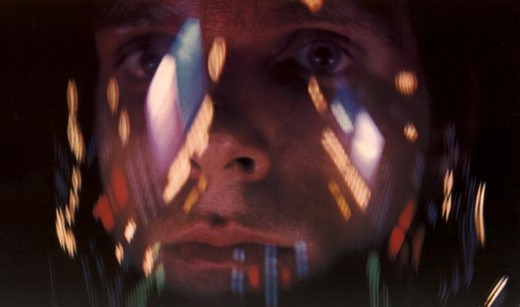
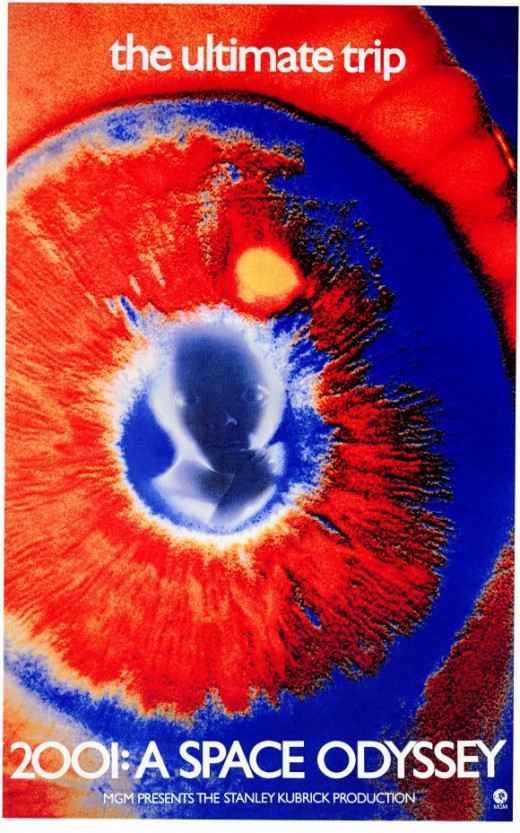
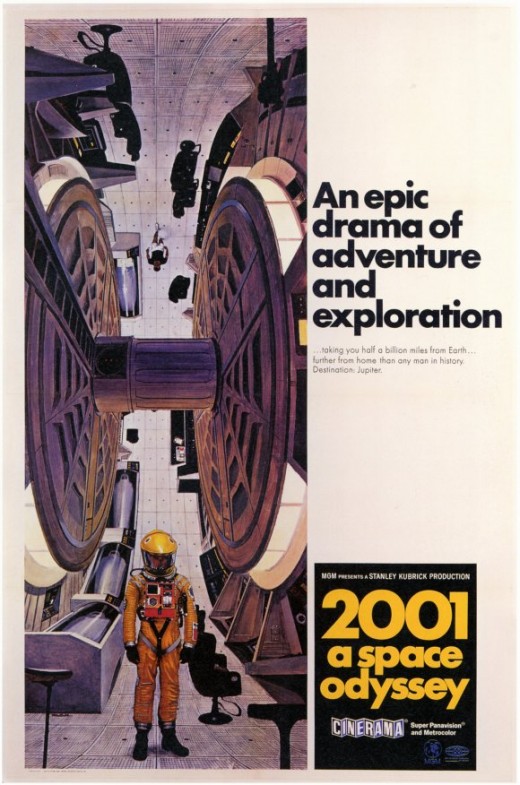
HAL 9000: Look Dave, I can see you're really upset about this. I honestly think you ought to sit down calmly, take a stress pill, and think things over.
On board the spaceship Discovery are Dr. David Bowman (Keir Dullea) and Dr. Frank Poole (Gary Lockwood), three other scientists are in cryogenic hibernation, and the ships computer HAL 9000 (voiced by Douglas Rain), runs most of Discovery's operations.
During the mission HAL has a nervous breakdown and kills most of the crew, only Bowman survives the journey to Jupiter…
After disconnecting HAL, Bowman embarks on a prolonged, disorienting trip through space and time encountering strange star systems and alien landscapes eventually pausing to meet his dying self in an 18th-century bedroom. He is reborn into the foetus of a superbeing. A Starchild.
Kubrick shot the film almost entirely on set in London, trying to keep pace with the rapid developments of the American-Soviet space race. As a result the film's budget skyrocketed from $4.5 to $10.3 million, with a staggering, for the time, $6.5 million going towards the 205 visual effects shots.
Rather than use the music commissioned by veteran composer Alex North, Kubrick decided to stick with his temporary soundtrack consisting of classical music. North’s rejected music score is available on CD
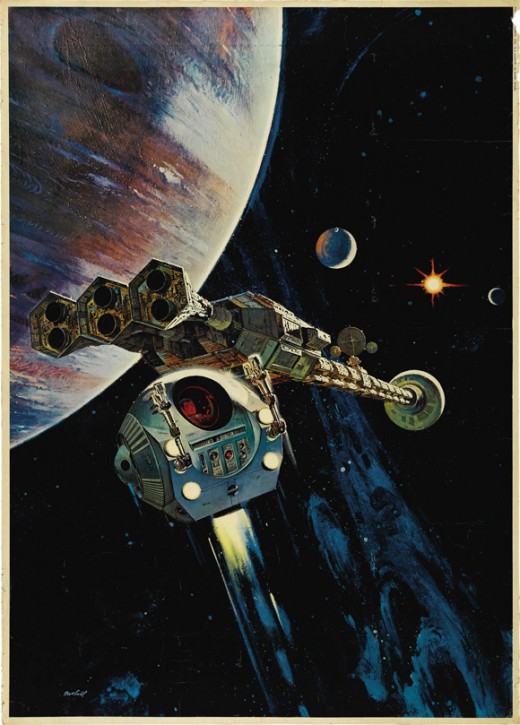
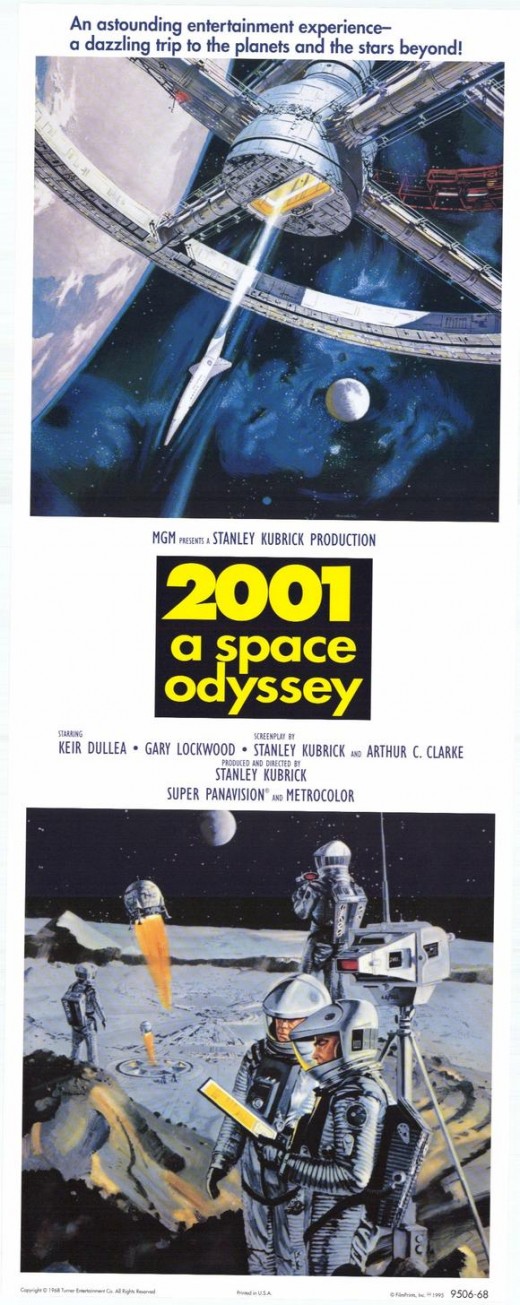
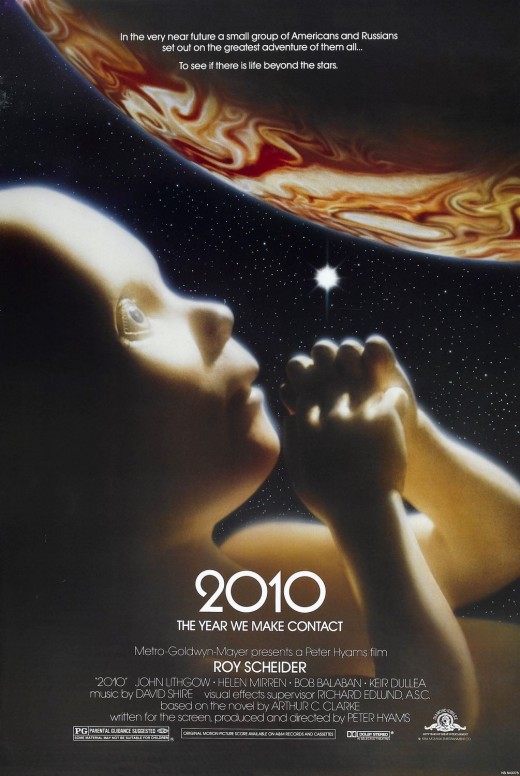
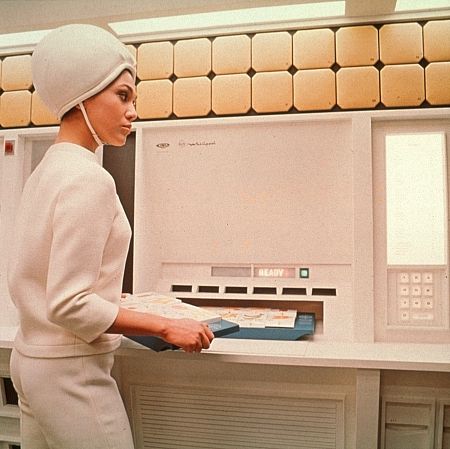
Dr. Floyd: Good day, gentlemen. This is a prerecorded briefing made prior to your departure and which for security reasons of the highest importance has been known on board during the mission only by your H-A-L 9000 computer. Now that you are in Jupiter's space and the entire crew is revived it can be told to you. Eighteen months ago the first evidence of intelligent life off the Earth was discovered. It was buried 40 feet below the lunar surface near the crater Tycho. Except for a single very powerful radio emission aimed at Jupiter the four-million year old black monolith has remained completely inert. Its origin and purpose are still a total mystery.
In Clarke's novel the mysterious signal is directed towards Japetus, one of Saturn's many moons but it was redirected to Jupiter for the film because the special effects crew were unable to make convincing-looking rings around Saturn.
Special effects supervisor Douglas Trumbull eventually used Saturn's rings to great effect in his directorial debut, Silent Running (1972).
Kubrick portrays life in space as a mundane and sterile activity, a boring regime of routine that leaves no time for human expression or identity. Indeed, the astronauts become the machines, and Hal 9000 becomes the complex human, with the most developed and interesting personality of all the crew.
Receiving mixed reviews on it’s release 2001 is now regarded as one of the greatest films of all time, it changed the face of SF cinema forever.
Special effects became an ever-more important feature of the SF movie, as attempts were made to recapture the sheer sense of wonder that 2001 had created.
2001 is ranked #15 on the American Film Institute's 100 Greatest Films List. Hal 9000 is #13 on the AFI's 50 Greatest Villain's list and "Open the pod bay doors, Hal." #78 on the AFI's 100 Greatest Quotes list.
2001 was Oscar nominated for Best Director, Screenplay, Art Direction and won for Best Visual Effects.
A sequel, 2010 was released in 1984, it follows a return mission to Jupiter and the eventual ignition of the planet into a second star for the Solar System. The film was directed by Peter Hyams and based on the novel 2010: Odyssey Two by Arthur C. Clarke. It starred Roy Scheider, John Lithgow and Helen Mirren.
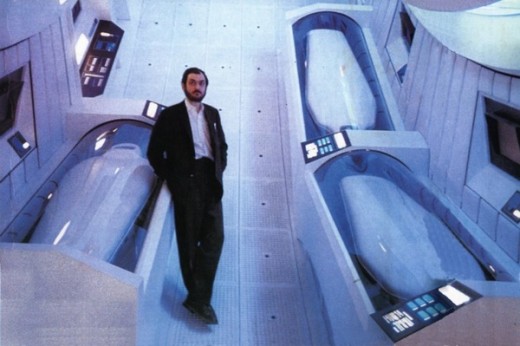
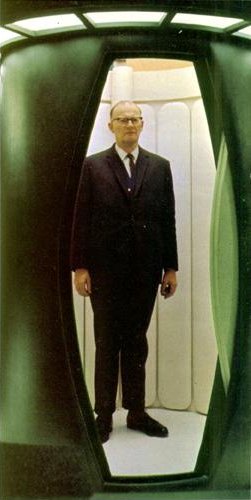
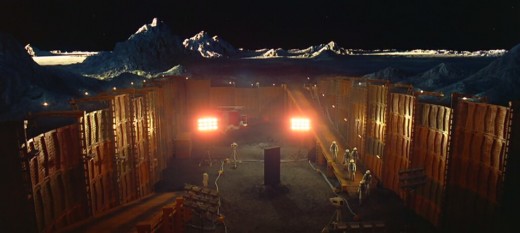
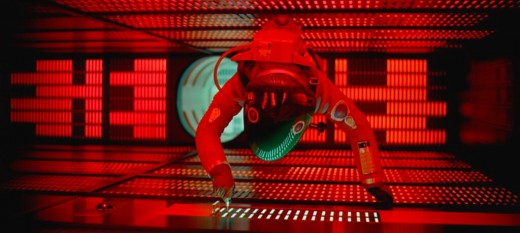
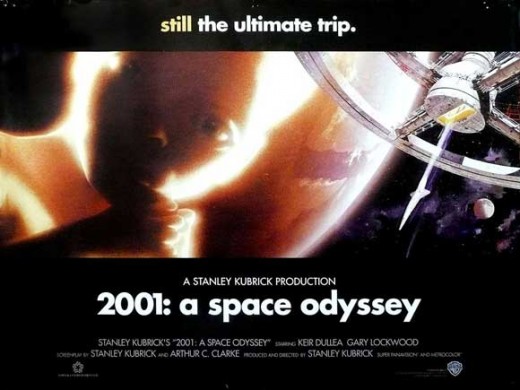
The critics wrote -
“Kubrick dares to move at an ultra-slow pace to create his very special atmosphere. This he overdoes with repetition, as if unable to edit the visually fabulous sequences. Nevertheless, in total it is a brilliantly conceived cosmic adventure.” (William Wolf, Cue)
“The ponderous, blurry appeal of the picture may be in its mystical vision of a graceful world of space, controlled by superior, godlike minds... It says that man is just a tiny nothing on the stairway to paradise; something better (ie non-human) is coming, and it’s all out of your hands.” (Pauline Kael)
“I shrink from the cold pitiless worlds into whose light Kubrick leads us... [but] the film with its ranging imagination and its superb execution is an adventure not to be missed.” (Dilys Powell)
“One of the few giant movies that one wouldn't want an inch smaller. Marvellously ingenious, tantalising and intelligent, as well as having the irresistible allure of a space age motor show.” (Sight & Sound)
"Not a cinematic landmark. It compares with, but does not best, previous efforts at science fiction... It actually belongs to the technically-slick group previously dominated by George Pal and the Japanese." (Variety)
"The fascinating thing about this film is that it fails on the human level but succeeds magnificently on a cosmic scale." (Roger Ebert)
“The movie is so completely absorbed in its own problems, its use of color and space, its fanatical devotion to science fiction detail, that it is somewhere between hypnotic and immensely boring.” (Renata Adler, New York Times)
"A shaggy god story." (John Simon)
